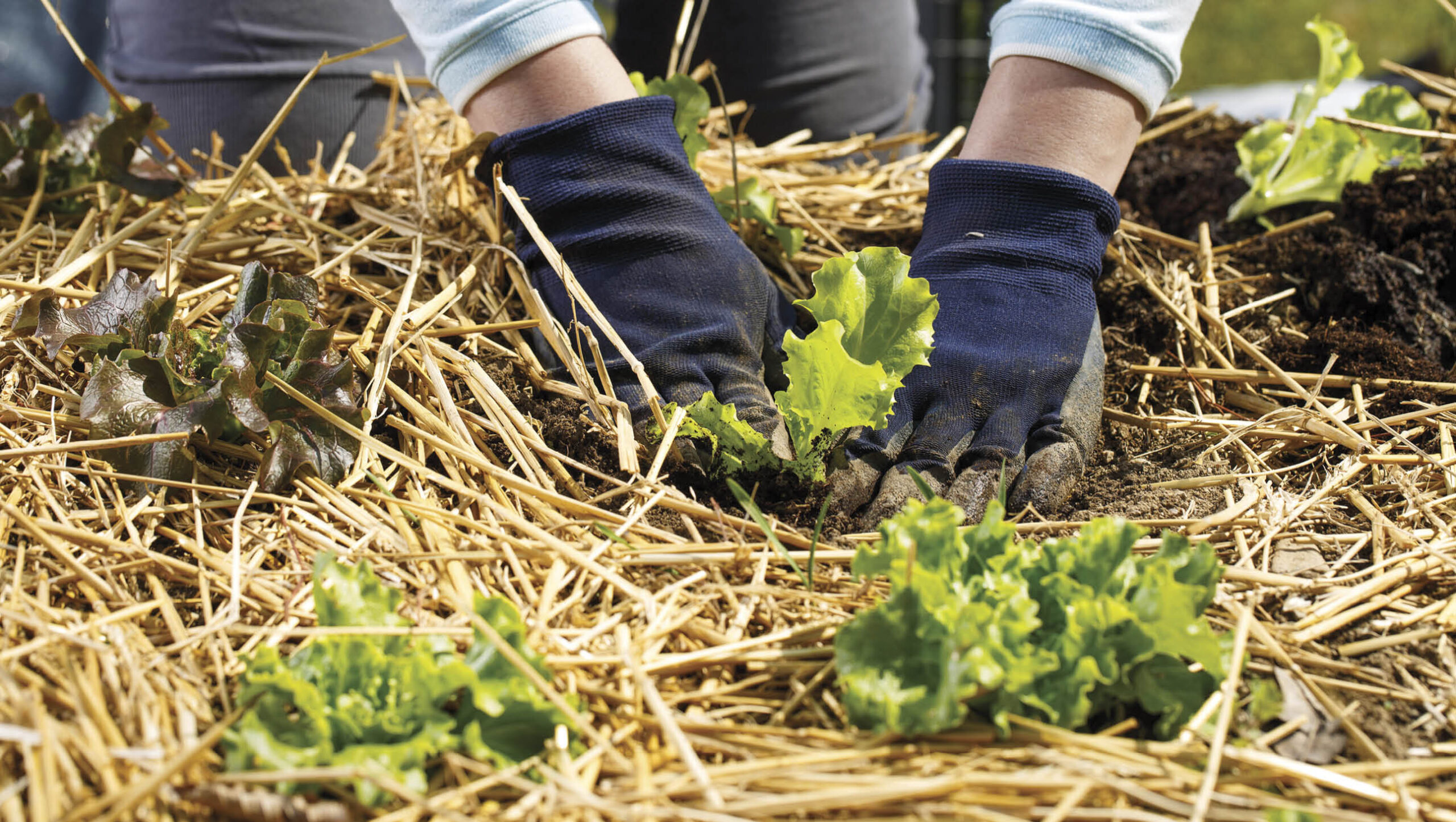Grow salad greens for summer
2022-11-10T06:47:39+11:00
Achieving success with lettuce in hot weather relies on good cultivar choices and growing techniques, writes Arno King.
Here are some of my tips for growing lettuces – and indeed all salad greens – in summer.
Compost
Incorporating plenty of compost deep into your soil by forking, is one of the most important techniques to counter summer heat. This will hold more moisture, encourage increased microbial activity, and most importantly, increase the depth of the aerobic soil horizon (where there is available oxygen), encouraging plant roots to grow deeper into the cooler, moister depths.
Spacing and interplanting
To minimise root and water competition, space plants 20 to 30cm apart (depending on cultivar size). However, the competition factor is more important once your lettuces are fairly mature. In the meantime, to maximise production, you might sow a faster-growing crop between lettuces and harvest them as the lettuces reach ½ size.
Suitable plants include wild rocket, basil, radish (root or leaf), coriander (warm climate selections such as ‘Slowbolt’ or ‘Fiesta Green’), pak choy, tatsoi, papalo (Porophyllum ruderale, also known as Bolivian coriander), and leaf amaranth.
You can also plant lettuce at double the density and remove alternate plants as they touch one another. I prefer mixed plantings as they tend to enhance soil biology and help minimise pest and disease impacts.
Watering
Regular watering is essential. A trigger nozzle on your hose will allow you to move from bed to bed without wasting water and target plants. A drip irrigation system connected to a battery-operated timer takes your watering to the next level, but is one of the best investments you can make. See our Early Summer 2022 issue (OG 137) for more information about watering tools.
When nights are warm, particularly in tropical and subtropical areas, water at dusk to ensure water soaks into the soil (but not if crops are vulnerable to fungal diseases). In cooler regions, water in the morning to reduce the risk of fungal diseases. In all regions, avoid getting water on the leaves on hot sunny days.
Mulching
Mulch to insulate the soil and retain soil moisture. Lucerne hay and pea straw are good mulches for salad greens, both feeding the soil microbiome and keeping soil cool and moist. In warmer regions it will need to be topped up regularly. Coffee dregs can be used as a mulch and will also deter slugs, snails and insect pests. As they break down, dregs add organic matter and trace elements to the soil. They can make soils more acidic, so do regular pH tests to ensure you maintain the pH at around 6 to 7. Use a dusting of garden lime if the pH drops too low.
You’ll find Arno’s full article in our Spring 2022 issue (OG 136) — there’s more tips for lettuce growing success, plus a few other salad options you can grow to add flavour and colour to the mix. There’s a selection of back issues available here — you can also subscribe and get the most recent issues delivered to your door!







